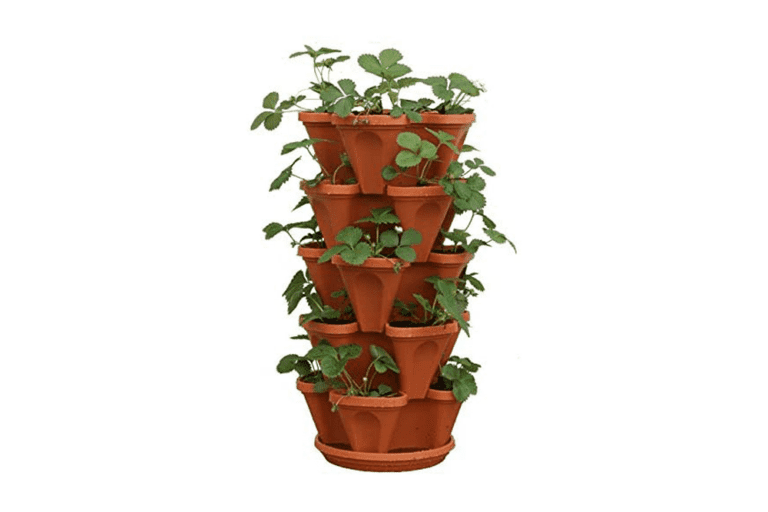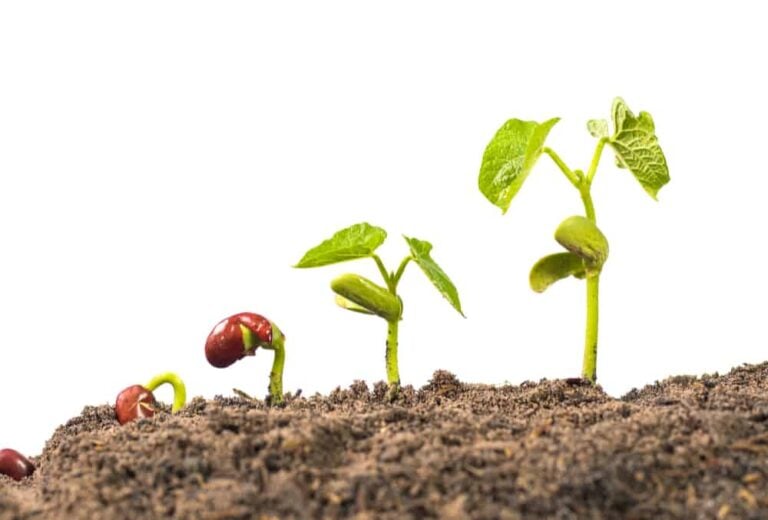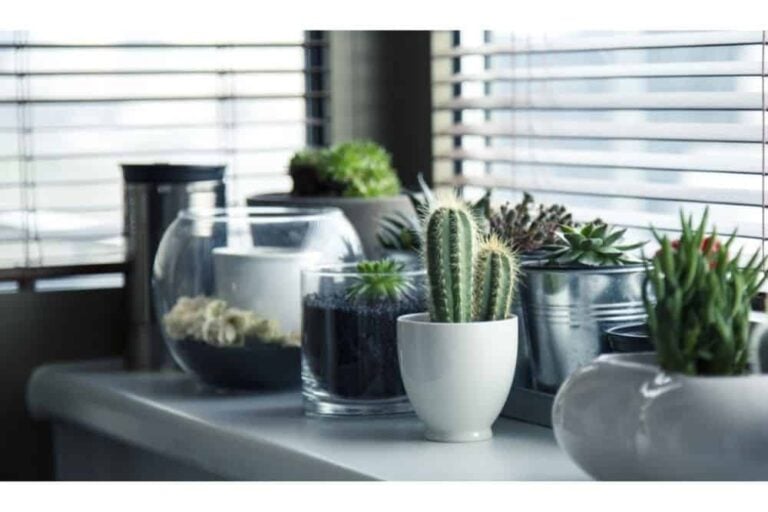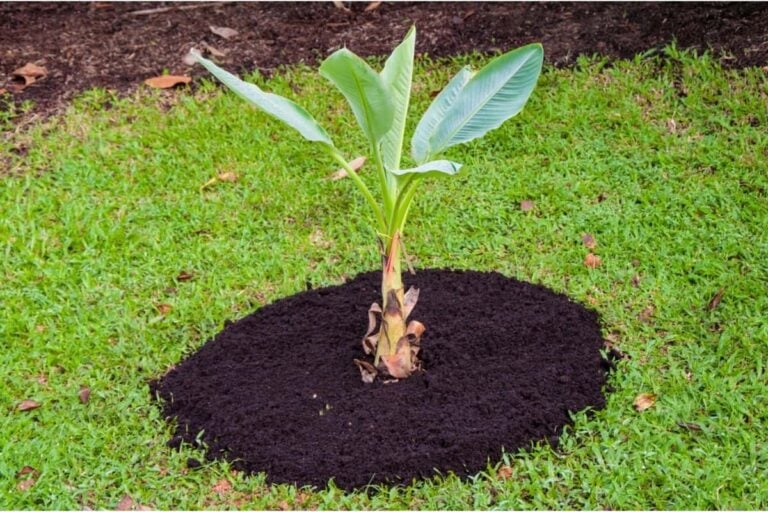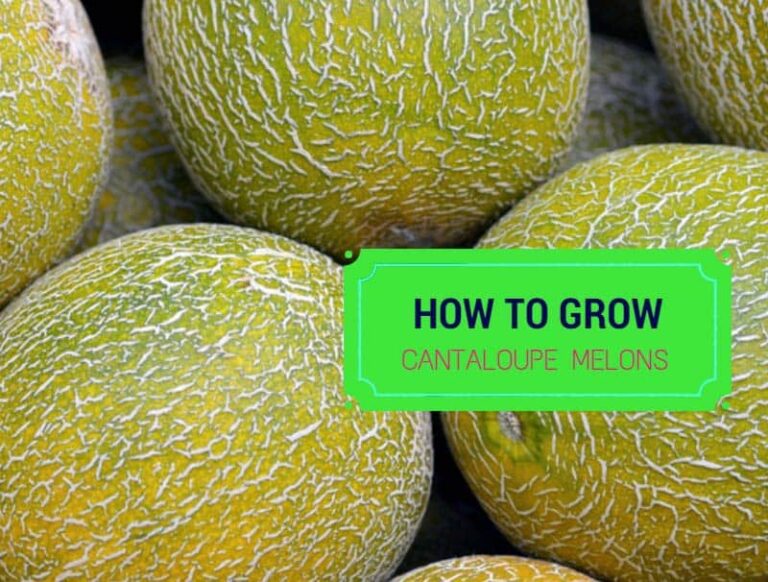How To Grow Watermelon (Detailed Instructions)
Growing your own fruit is great – it doesn’t only teach you how to care for your growing plant but you will come out with something delicious in the end.
Watermelon is one of the best fruits to have, especially in the summer. Why buy them when you can grow your own?
If you are wanting to learn how to grow your own watermelon then continue down below to find out everything you need to know.
Growing Watermelon: A Detailed Guide
Just like with anything you grow, growing a watermelon takes plenty of work. It also takes plenty of knowledge. From the outside, the process of growing watermelon may seem easy, however it is not.
Growing your watermelon isn’t just about planting seeds and watering it – there is much more that goes into it.
In this section, we will be taking you through a step-by-step guide on how to grow a watermelon with detailed instructions.
The Best Season To Grow Watermelon
The first thing that should be recognized is the climate. When growing a watermelon, this cannot just be done in any temperature.
Watermelons like warm weather and lots of sun so the best time of year to plant your watermelon seeds are in the Spring or Summer.
Because of this, it is best to grow watermelon if you live somewhere with warmer weather, however there are ways around this.
Watermelons can grow everywhere in the US and although not a practical option, it is not impossible for them to grow in cold climates too.
You will just need to make some changes to the growing process.
Creating Space
When it comes to growing watermelon at home, creating space is key.
This is not only because of the watermelon’s huge size but because when they do grow they have a tendency to grow outside of their boundaries.
Due to this, you want to make sure that you are an area in your garden or greenhouse where your watermelons can grow openly.
If you have a plot of land or space big enough to facilitate a growing watermelon, it is then time to plant your seeds. Creating space is still something which should be on your mind during this part.
Typically, you will find people planting around their seeds 3 to 6 feet apart. It is very important that you have the space to do this and this will help your watermelon to grow large, healthy and strong.
If your watermelon seeds are not spaced out and are too close together then they will overlap as they grow. This, in turn, will cause problems for the surrounding plants too.
Furthermore, because of the fruit overlapping, this risks their quality of growth. Not enough sunlight will be able to reach all the vines which will cause some to wither.
Ensuring The Perfect Soil
It is very important that you have the best quality soil and that it is at the correct temperature. The type of soil you have can make or break the outcome of your watermelon.
For starters, watermelons require warm soil, so you need to plant them when the soil is warmer than 70 degrees Fahrenheit.
If you are living in a colder climate or you find that your soil is struggling to reach the required temperature, then a good trick is to cover the soil with black plastic.
This will help to speed up this process.
When concerning ourselves with the quality of the soil, we want our soil to be high in nutrition as well as having the ideal soft texture.
It is highly recommended to add compost, rotted manure, or aged compost-enriched soil in order to gain these results.
You will find that many people use a pH meter to test the soil before planting.
Although not a mandatory step to the growing process, this will benefit you tremendously (especially if this is your first time growing watermelon).
We use oH meters to test the soil in order to ensure the best plant growth.
With conducting this test, you will be aware of the conditions of the soil, the area, and whether it is the best spot for it to grow.
It is also beneficial for its nutrient intake. Your ideal pH range is between 6 and 6.5.
Planting Your Seeds
Now that you have ensured that your soil is up to standards, it is now time to plant your seeds.
Watermelon seeds are found in most stores and garden centers at an affordable price. You can also find them online.
As we have mentioned above, it is very important for watermelons to grow spaced apart in order for them to grow to the best of their ability.
Watermelons should be planted in rows spaced 3-5 feet apart (but the further away, the better). To plant your seeds, simply create a hole, spacing them all accordingly.
We recommend three holes in total. Next it is time to place your seeds in.
For those who have no experience in growing watermelon, it is understandable to believe that you will only need to plant one seed, however this is not the case.
A good amount of seeds to plant is around 7 to 8 seeds in each hole. Once these have been placed into the hole, cover it up with the soil and water well.
Male And Female Flowers
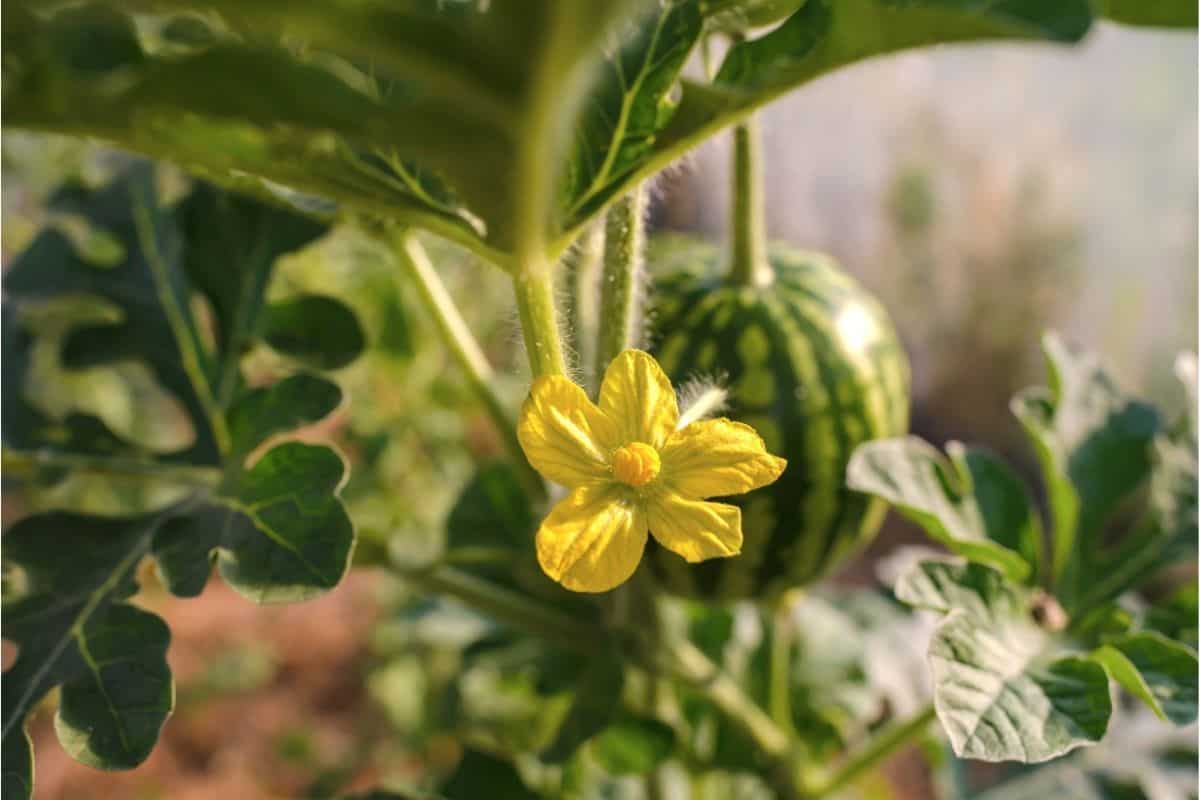
Unknown to many, watermelons will either grow male flowers or female flowers. But what does this mean?
As a watermelon grows, they will sprout flowers and there are two different types. The male slower will be the first to grow, appearing around 10 days before the female.
A female flower looks very different to the male with a small bulge which resembles a small watermelon.
Row covers should be removed once the male flowers appear. Male flowers fall off quickly, but female flowers stay on the vine until they produce fruit and are generally more attractive than males.
When these watermelons have fully grown, it is easy to identify their “gender”.
Whilst the male watermelon has an elongated shape and is more watery, female watermelons are round in shape and sweet.
This is not necessary to growing your watermelon however is something which is interesting to look out for when watching your fruit grow.
Watering Your Watermelon Efficiently
When hearing the topic of watering, this can leave many people unsure. Have you ever wondered why watermelon is called watermelon?
Well, this fruit is made up of 92% water, so it is important to take care when watering.
Of course, you need to give your fruit water in order for it to grow, but this should be strictly monitored.
The most important time to give your watermelon water is when they are setting and growing fruit.
During this time, they should be receiving 1 to 2 inches of water per week and it is essential that this is done correctly.
When watering, make sure that you are doing this at ground level and not up high. It is very important that the water travels deep down its roots.
Furthermore, it is also best to avoid a sprinkler system and instead use drip irrigation. This will prevent the dirt from splashing to create harmful diseases as well as preventing powdery mildew.
You may find that with the drip irrigation system, it could take as long as half an hour to water. The roots from watermelons travel really deep so they need to have access to as much water as possible.
Essentially, the water needs to go down around 6 inches into the soil as water plays an important role for vine growth.
Mulch soil under vines helps suppress weeds and slow moisture evaporation.
Drip irrigation delivers water directly to soil, preventing possible spread of fungal disease among wet foliage – this keeps the soil moist, but not water logged, which will kill vines.
Leaves should not stay wilted into the evening. Early morning watering will allow leaves to dry before sunset.
Using Fertilizer
Most plants out there use fertilizer as it is also a way to make the plant grow big and strong.
Watermelons take a long while to mature, so you want to make sure your plants get enough nutrients throughout the growing season.
Start with nutrient rich soil, then feed them regularly with a high quality continuous release fertilizer. Protect ripening melons from direct contact with soil, and set them on a light reflecting surface.
Switching fertilizers is an effective method of increasing the size of your fruits and vegetables and this technique works well if you want to increase the size of your crops.
However, it does not work very well if you need to reduce the size of your plants.
Pinching off the growing tips of plants does not affect the amount of energy used by the plant to make fruit.
Remove any blossoms that start developing within 50 days of your region’s first average frost date, or else you’ll miss out on some delicious fruit!
How Long Do Watermelon Take To Grow?
To grow to its full size, this will take a watermelon between 80 to 90 days. There are also smaller watermelons which take less time to grow to their full size (around 70 days).
However, you should not solely rely on counting the days – you need to look for the signs too.
What most people go by is the tendrils. Once these start to turn yellow and brown, you will know that your watermelon does not require any more water and is ready to pick.
On some occasions, the watermelon may create a hollow sound if hit.
Although this doesn’t always work, it is another good indicator of ripeness. To pick, all you need is a strong pair of scissors.
Use those scissors to cut the stem of the watermelon away from the root and it is ready to eat!
Growing Watermelon: Things Everyone Should Know
Above, we have taken you through the many steps of growing a watermelon including the type of soil you should have, how to space your seeds out, how to water, and plenty more.
However, there is still so much to know! Here, we will be answering some general questions about watermelons and the growing process.
To grow your watermelon successfully, it is very important to have general knowledge on the fruit in order to attain great results.
Are Watermelons Easy To Grow?
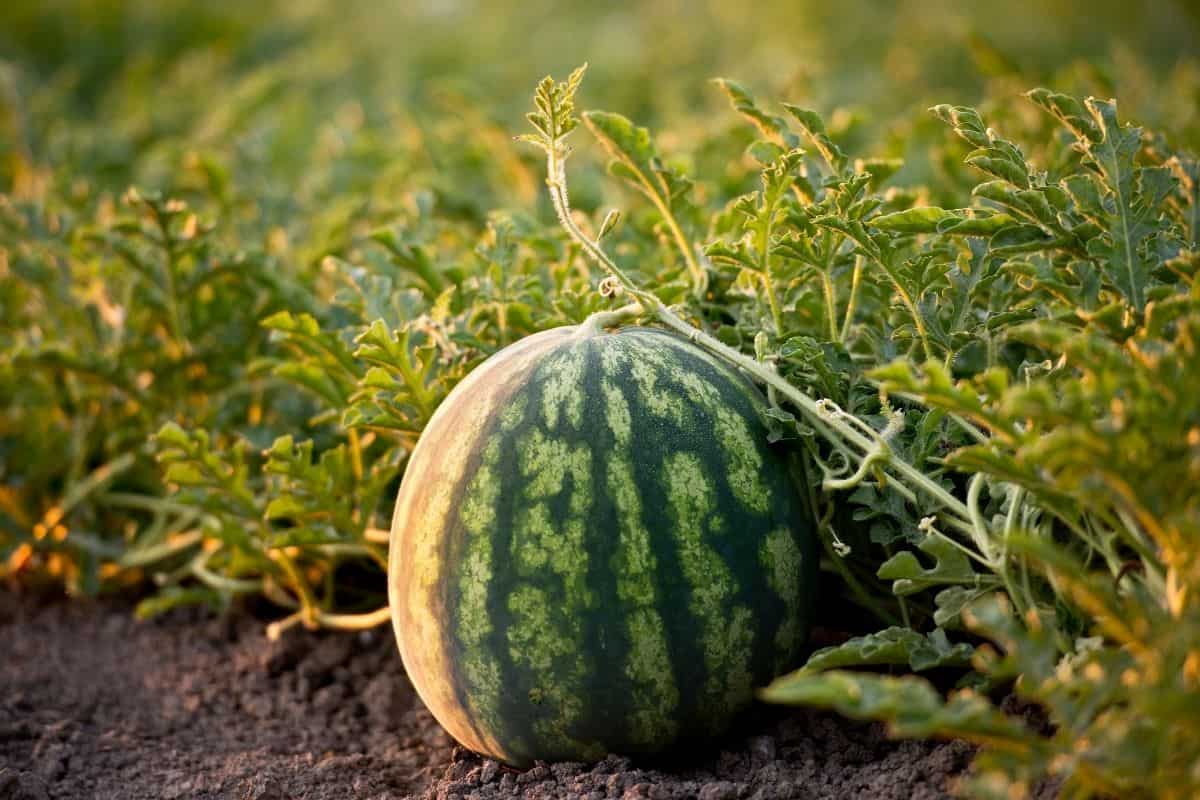
Yes! It’s actually very easy to grow a watermelon and if you follow the instructions above you should be able to get your first harvest in no time at all.
Whilst this is much that has to be learnt about the process, it is very easy to do once you have started.
You don’t even need much space either as long as you have enough sunlight. Some people, if they do not have the space, choose to grow their watermelon out of a pot. This is very doable.
Types Of Watermelon
There are many different types of watermelon, all carrying different qualities.
Whilst many are able to recognize the standard watermelon with the green skin and red core, there are others to join the list too.
You have the seedless watermelon, picnic watermelon, yellow/orange fleshed watermelon and icebox watermelon.
Seedless Watermelon
The seedless watermelon was created in the 1990s however these are not as simple to grow as your traditional fruit.
With the seedless watermelon, the seed used needs to be kept at 90 degrees F at all times until the fruit emerges.
There are many seedless watermelons to choose from such as King of Hearts, Trio, Nova and Millionaire.
Picnic Watermelon
The picnic watermelon is the watermelon all are most familiar with. These watermelons are your traditional rounded fruit with a green striped skin and red inner seeded core.
These watermelons are considerably larger than others and will be ready for harvesting no longer than 85 days.
Some examples of picnic watermelon include Allsweet, Jubilee, Charleston Gray and Crimson Sweet.
Yellow/Orange Fleshed Watermelon
Another one is the yellow/orange fleshed watermelon. This watermelon is just as described – when cut into, its inner flesh will be a yellow or orange color instead of the traditional vibrant red.
These take around 75 days to completely mature and can be both seeded and seedless. Some yellow/orange fleshed watermelons are Yellow Doll, Desert King, Tendergold and Yellow Baby.
Icebox Watermelon
Finally, there is the icebox watermelon. These watermelons are much smaller and much sweeter and are an ideal growing choice for someone who has a small family or is eating for one.
One example of an icebox watermelon is Sugar Baby and these are particularly significant for their dark green skin.
What Can Affect The Growth Of A Watermelon?
Despite the process of growing a watermelon being simple, that does not mean that they will turn out.
Particularly for those who have no prior experience in tending to a developing watermelon, there is a chance it will not grow the way you would have hoped.
Many issues can occur with the watermelon and this is generated by a number of factors which we will be delving into below:
Pests
The first factor is pests. Pests are inevitable. As you are growing fruit outside, it is natural for the watermelon to attract the attention of pests. Common pests include aphids and epilachna beetles.
These little creatures are notorious for feeding on foliage which in the end will cause the plant to shrivel.
What these bugs will do is bite on the underside of leaves and this will cause the watermelon to yellow, curl, and eventually die.
So, how do we prevent these pests from reaching our watermelon?
One thing that is best to avoid is growing your watermelon in cold soil. Although people grow their fruit in the spring/summer, there are some people who are not blessed with hot weather.
Because of that, they are forced to grow during colder seasons. As well as this, some people may accidentally plant their seeds too early into the season when the soil is still cold.
Whether you do the prior or the latter, the cold soil will put stress on the plant which will attract bugs and pests.
To avoid this risk, it is important to make sure that your soil is at the correct temperature.
Another option is to spray the watermelon with insecticidal soap all over so that it is fully covered. This will not hurt the fruit and will ward any pests away.
You do not have to do this often. We recommend reapplying this solution every 7 or 10 days at a time.
Fungi
As well as just pests, fungi is something else which can really affect the life of a growing watermelon. One fungi which affects the leaves of the watermelon is downy mildew and the signs for this are clear.
If the leaves of your watermelon are turning brown and turning inwards, then it has been attacked by this fungus.
The fruit in the end will be of an irregular shape and unfortunately end up dying.
In order to prevent this from attacking your watermelon it is important to avoid overhead watering (remember to only water on ground level), practise good sanitation, rotating the watermelon and, if it comes to it, use chemical controls to help.
Viruses
The last thing to point out is viruses. Watermelons are very prone to carrying viruses as these are passed on my bugs such as the cucumber beetle.
When a virus has concocted, this will cause drastic problems for the plant. The watermelon’s leaves will shrivel, crinkle, discolor, and will cause overall problems with the growth of the fruit.
In order to prevent these viruses, it is necessary to keep an eye on the pest as they are the ones passing it on.
Make sure that you are always keeping a close eye out for any lingering pests and pull out any weeds as this is where the pests like to cumulate. A good option is to use weed killer.
By doing this, you will be permanently getting rid of the weeds, preventing them from sprouting again and therefore lowering the chances of a pest infestation.
Should You Grow Your Own Fruit?
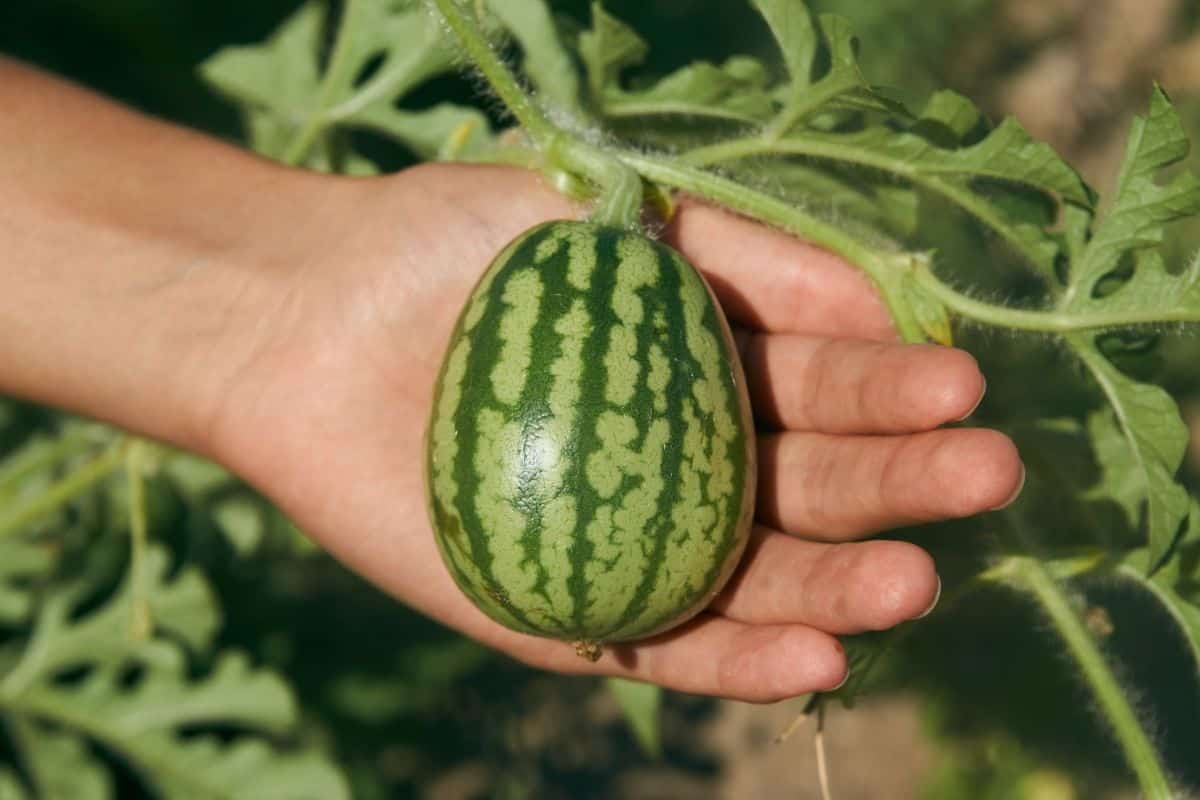
Are you still unsure about whether you should grow your own watermelon? Maybe you are not comfortable with the idea of growing your own fruit at all.
For many people, it can be unnerving to try new things, especially when there is a potential for failure. However, that shouldn’t be enough to put a person off.
Although there are some negatives, there are many positives when it comes to growing your own fruit.
Below, we will be listing some of these advantages and disadvantages, helping you come to a final decision. Should you grow your own fruit?
Advantages of growing your own fruit are:
You Can Control What Kind Of Fruit You Want To Eat
One of the best things about growing your own fruit is that you are able to take full control.
Whatever you choose whether that be tomatoes, strawberries, or watermelon is completely up to you. What makes it better is that you have control of the quality of the end product.
When it comes to purchasing from a store, you are not always going to receive the best fruit. At home, you have control to make that happen.
It Is Cheaper Than Buying It At The Store
Another advantage is money saving. When purchasing your fruit from a store, you will be having to spend dollars and dollars on these items.
What makes it worse is that the price a person pays for a pack of fruit is much more than a person has to pay for seeds. It is a much more affordable and cheaper option to grow your own fruit.
You Get Fresh Fruit Every Day
Nothing beats getting fresh fruit every day whenever you want. If you grow your own fruit, you simply need to pick the fruit from its stem and enjoy.
Much of the fruit which is sold in stores is not fresh and will have been sealed in its packaging for countless days.
As well as this, some fruit is sold beyond its best before dates at discounted prices, further showing how they are not fresh. With your own home grown fruit, you will not have this problem.
You Don’t Have To Worry About Pesticides Or Harmful Chemicals In Fruits
This point too has to do with taking control. As we have discovered with watermelon, fruit can sometimes be sprayed with chemicals in order to ward off pests.
That is a completely safe thing to do when we know what we are putting onto our own fruit, however when we are not aware then this can create worry.
With home grown fruit, this worry will be diminished and you will be certain that you are eating fresh and healthy fruit with no added harmful chemicals.
You Are In A Comfortable Environment
One of the best things about growing your own fruit is that you can do so from the comfort of your home.
Not only is growing your own fruit a fun activity and something different to do, but you know that you will feel comfortable in your own environment.
Disadvantages of growing your own fruit are:
You Need More Space For This Hobby
Space is a key thing when it comes to growing your own fruit. This is not only because fruit such as watermelons need spacing out accordingly.
It is mainly about incorporating your living space into a fruit growing garden. Some may have a garden which is big enough, but others may not.
This is an important thing to think about when considering growing your own fruit.
You Need To Invest Time Into This Hobby
As well as space, time is also key. If you are someone with a busy work schedule or life then growing your own fruit may not be for you.
It is very important to always keep an eye on how it is growing, keep an eye out for any fungi development, discoloration, and plenty more.
There is a lot of responsibility that goes into ensuring that your fruit thrives.
You May Not Have Enough Knowledge Of Gardening
Whilst this is something that can always be learnt, it is a lot harder to successfully garden and grow fruit without any basic knowledge.
If you are wanting to grow your own fruit then it is essential that you learn all the basics of gardening.
If not, you may have a difficult time when it comes to growing your fruit which will only lead to plenty of stress and regret.
You May Not Have The Right Tools
When gardening, you need to have the right kind of tools. This includes items such as gloves, sheers, fertilizer and much more.
Whilst this is something which anyone can easily purchase, the cost of all of the items will eventually add up.
You will only be able to grow fruit from the comfort of your home if you know you are able to get the supplies and afford to do so.
Final Thoughts
This article has taken you through all the steps you need to know to grow watermelons. Using this very detailed guide, you will know how to grow this fruit confidently.
When it comes to watermelons, there are many to choose from and there are potential risks, however this is something we have covered too to ensure you know what to look out for.
No matter which watermelon you choose to grow, you can be reassured that you will come out with a delicious fruit. You will never want to shop packaged fruit again.

